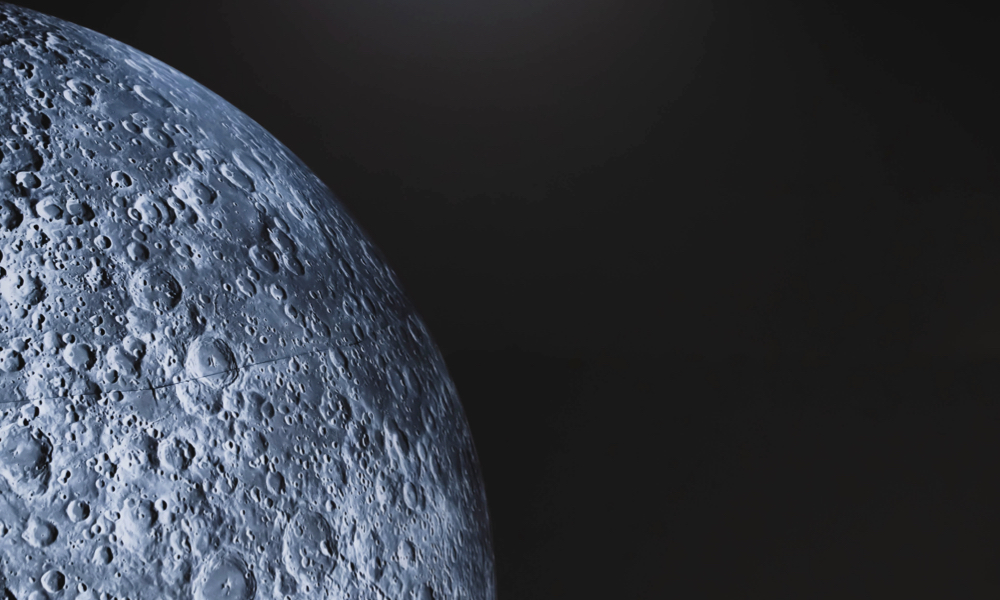
ESA Open Invitation To Tender AO8322
Open Date: 14/09/2015
Closing Date: 26/10/2015
Status: ISSUED
Reference Nr.: 15.129.09
Prog. Ref.: TRP
Budget Ref.: E/0901-01 – TRP
Special Prov.: BE+DK+FR+DE+IT+NL+ES+SE+CH+GB+IE+AT+NO+FI+PT+GR+LU+CZ+RO+PL
Tender Type: C
Price Range: > 500 KEURO
Establishment: ESTEC
Directorate: Directorate of Technical & Quality Manag
Department: Mechanical Engineering Department
Division: Mechatronics and Optics Division
Contract Officer: Almeida, Rudolfo
Last Update Date: 14/09/2015
Update Reason: Tender issue
The development of optical atomic frequency standards open the possibilities of combining the very high frequencies (100s THz) and ultra-high Quality (Q) leading to very high stabilities and resolution. The realization of high resolution laser spectroscopy of atomic frequency standards based on highly forbidden optical transitions has been made possible by the preparation of atomic states using laser state manipulation and laser cooling in a MOT. Laser cooling of large numbers of neutral atoms provides an absorbing reference medium, transferring a high stability to an interrogating laser signal with a very high signal to noise ratio (SNR). In this activity the laser cooling of Strontium will be developed at device level to provide the development pathway for a reliable componentwhich can be implemented at system level during an integration phase. The spectral requirements for the single trapped Sr ion (422nm) are very similar to those for Sr lattice (461nm) however the required optical power for the ion cooling is low. This provides an opportunity to develop the 422nm source using an alternative technological platform to that used for the other blue source. The development shall encompass the manufacture, test and long-term validation (spectral and power) of these coherent sources. The designand manufacturing process leading to the deliverable devices shall provide development steps towards the achievement of a low complexity, high reliability coherent source for the laser cooling of Strontium in a future space implementation. The atoms are first boiled off from an atomic source and are highly energetic with a consequently high kinetic temperature. These energetic atoms must beslowed down in stages in order to increase the capture probability and rate to achieve the final required atomic temperature. Successfully implemented laser atom cooling leads to a reduction of the velocity of the atoms by employing decelerating forces on the atoms in a very controlled way. After preliminary stages of atom deceleration the atoms interact with the first cooling laser beams. The first laser cooling element in Strontium neutral, the resonance cooling source, works by a rapid process of absorption and fluorescence emission. This eventually leads to a net reduction in the kinetic energy to a pre-determined level. The secondary cooling process (blue MOT at 689nm) follows the red MOT but its linewidth (7kHz) is narrower than the 461nm source (10MHz). The interaction of the secondary cooling (red MOT) leads to a further reduction of the atom temperature. One of the key enabling feats will be the demonstration of a reliable system that can be used as the core sub-system element of a future space development. Bearing in mind the real world environments and the complexity of the laser one must take steps to simplify, where possible, the final design and ensure that the final system is reliable and engineered for simplicity and reliability and lifetime. Procurement Policy: C(1) = Activity restricted to non-prime contractors (incl. SMEs). For additional information please go to EMITS news „Industrial Policy measures fornon-primes, SMEs and R&D entities in ESA programmes”.
If you wish to access the documents related to the Invitation to Tender, you have to log in to the ESA Portal.
